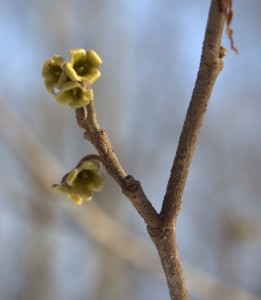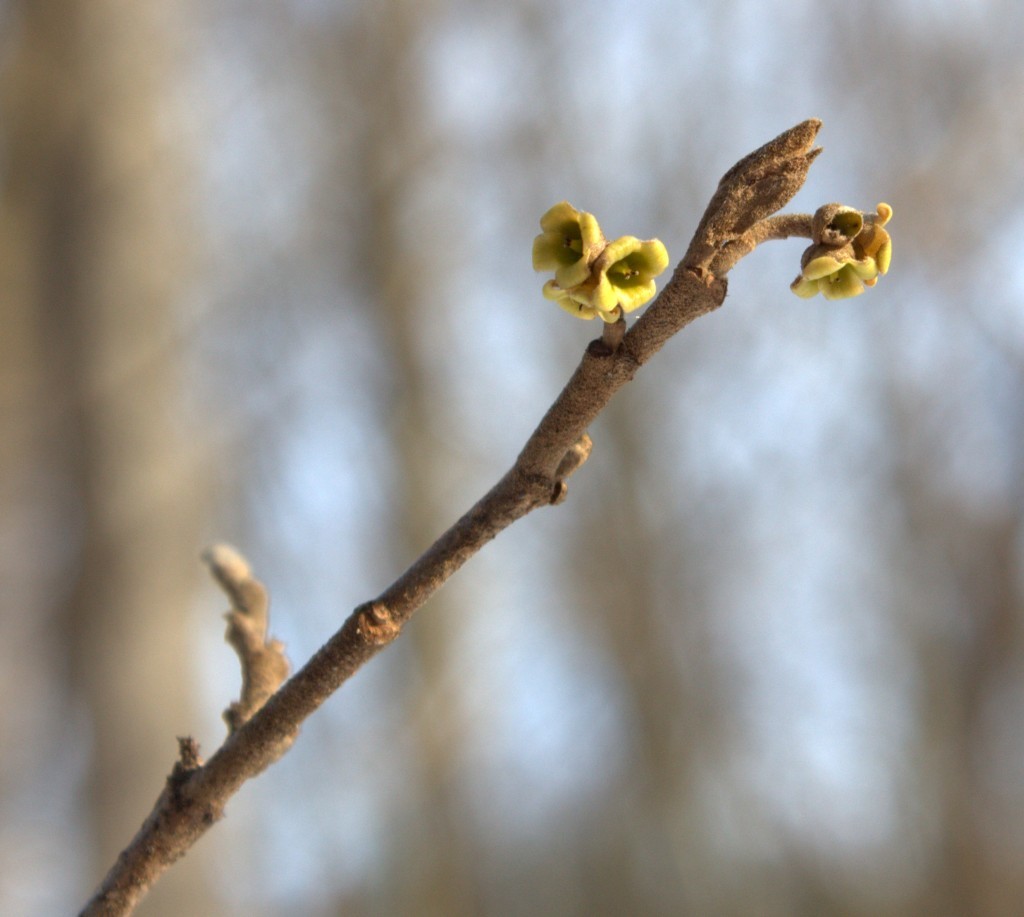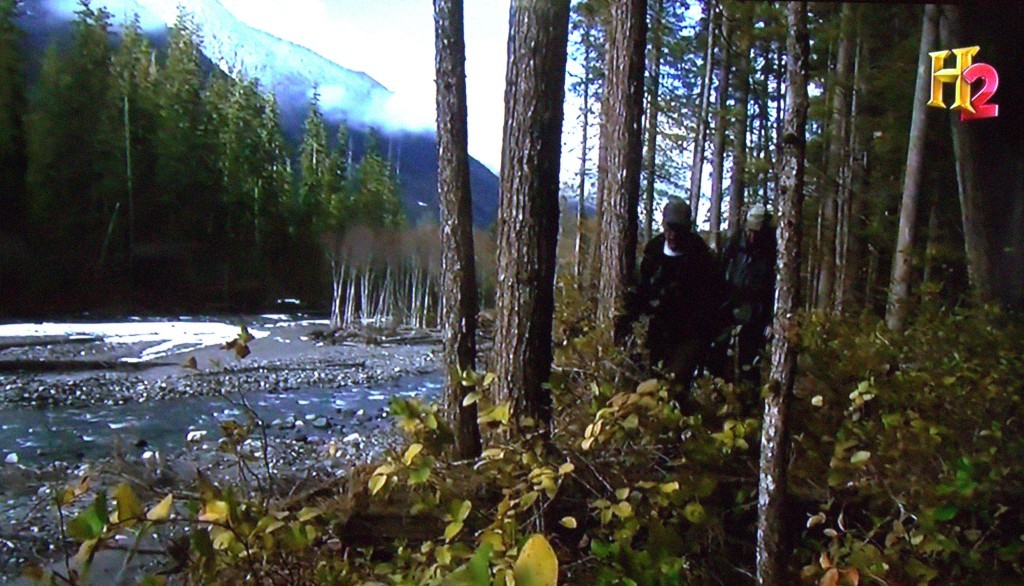So, the witch hazel has me a little confused. Is it gonna make those nutlets this Spring?

I thought for the plenty of flowers I saw this fall that the dwarf trees would have lots of nuts on them before Spring.

I was surprised seeing the remnants of flowers at this late date in January.
(Photos taken 31 Jan 2016.)
The nuts that I saw in the fall must have lasted a whole year on the plant. Does that tell us that no animals really want to eat them? They should have been easy enough to find as the witch hazel trees are right on a lane that acts like a corridor connecting the agricultural field at the top of the ridge and the pond near the valley.
Can anybody clarify when witch hazels develop their fruit? In the meantime I’ll check out what the trees are doing as the weather warms up.
